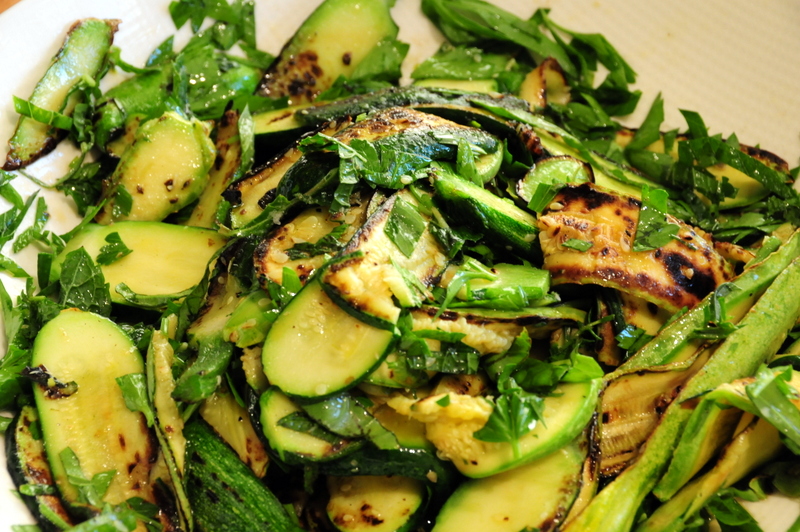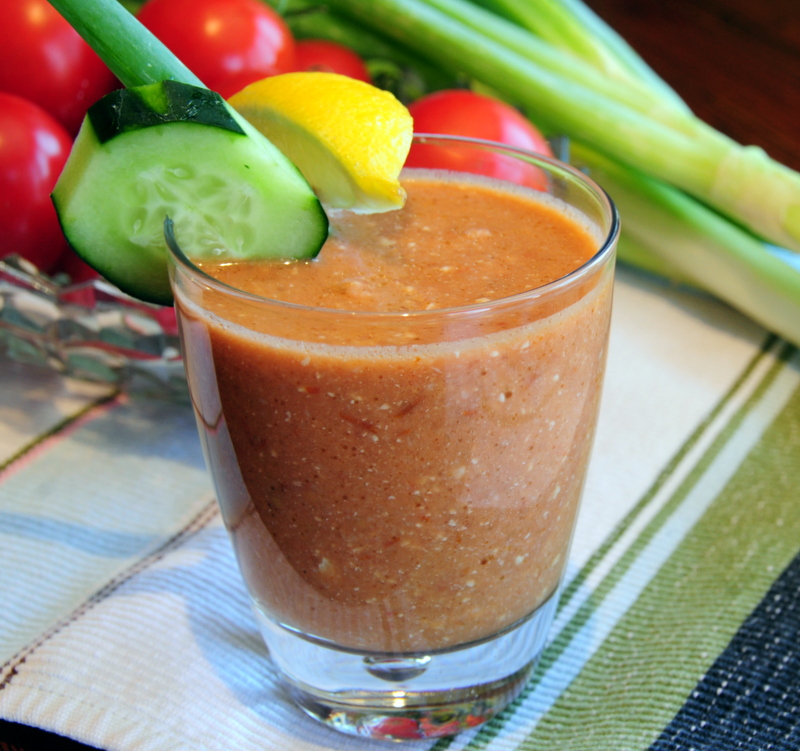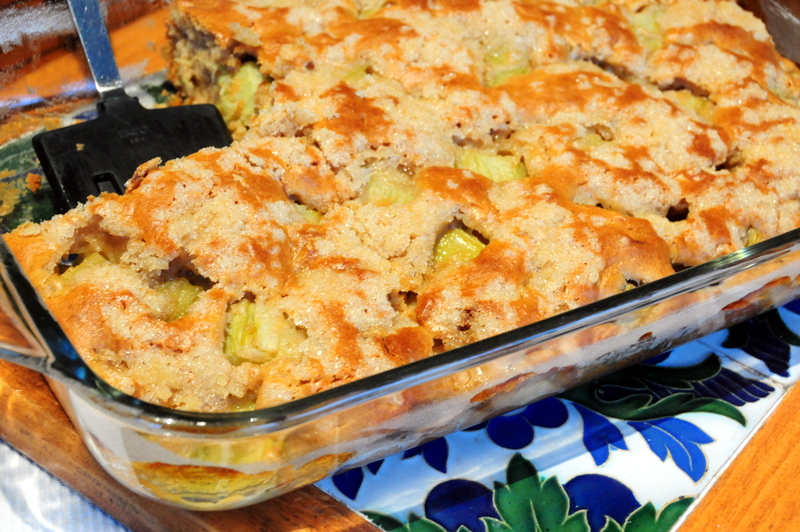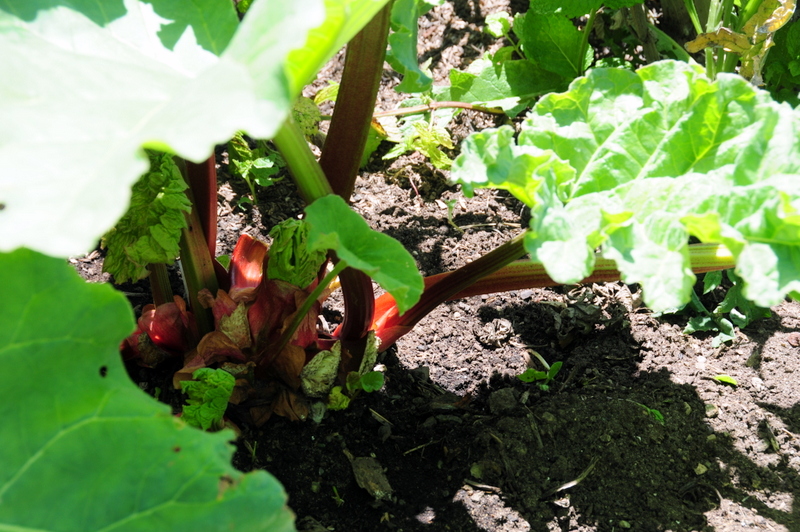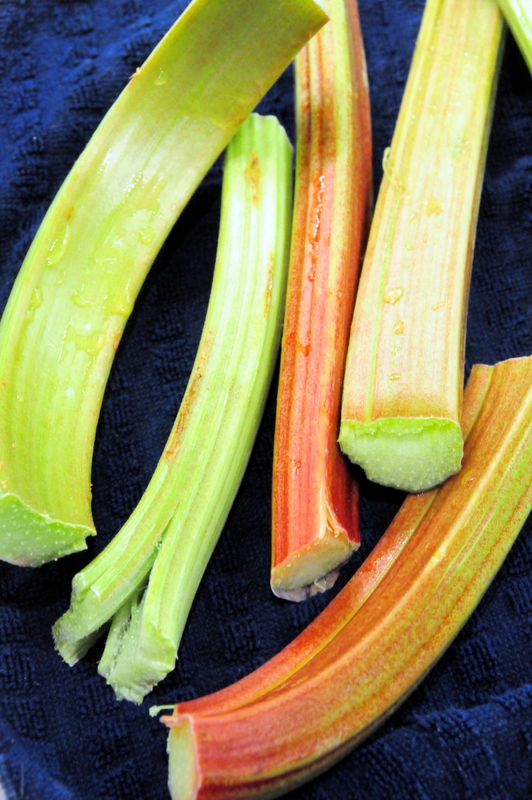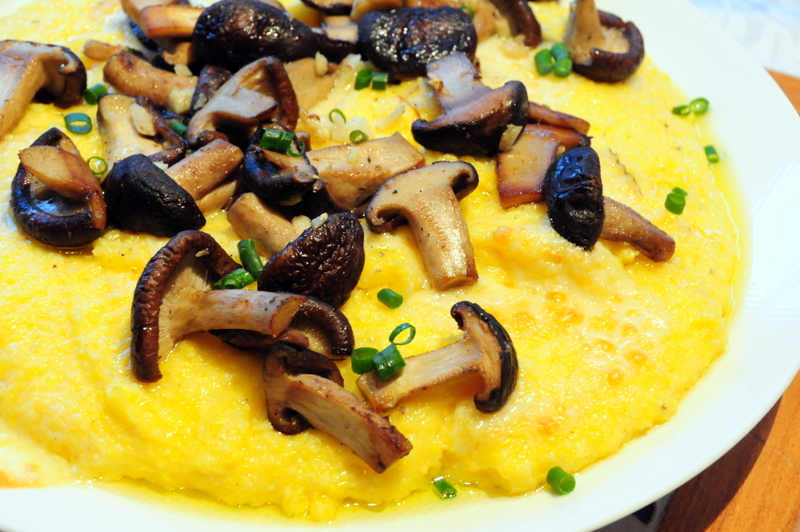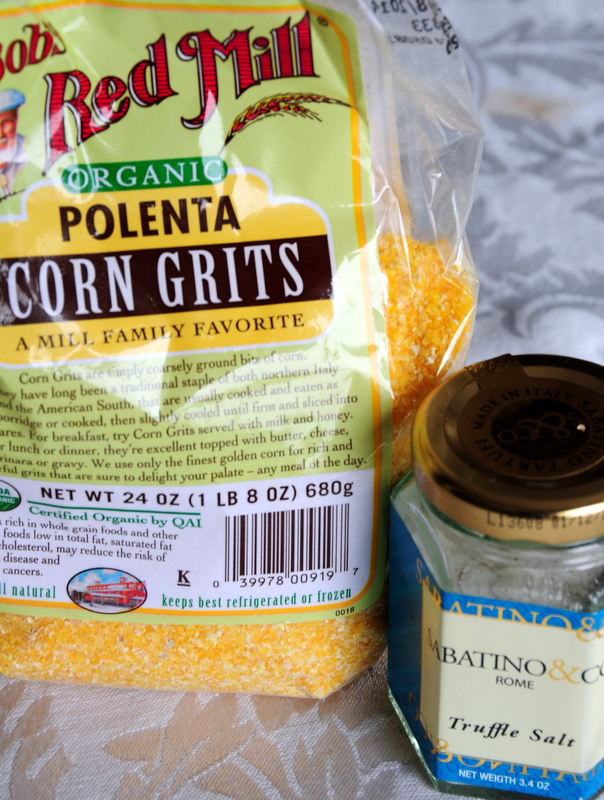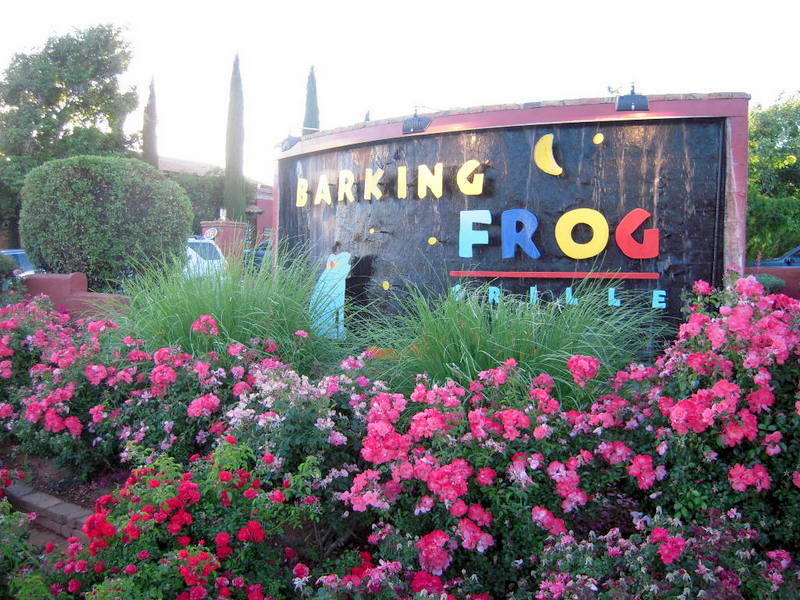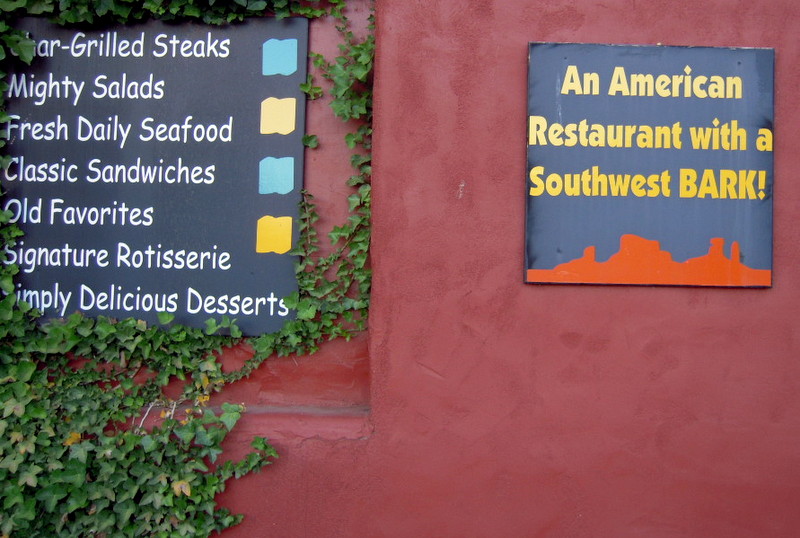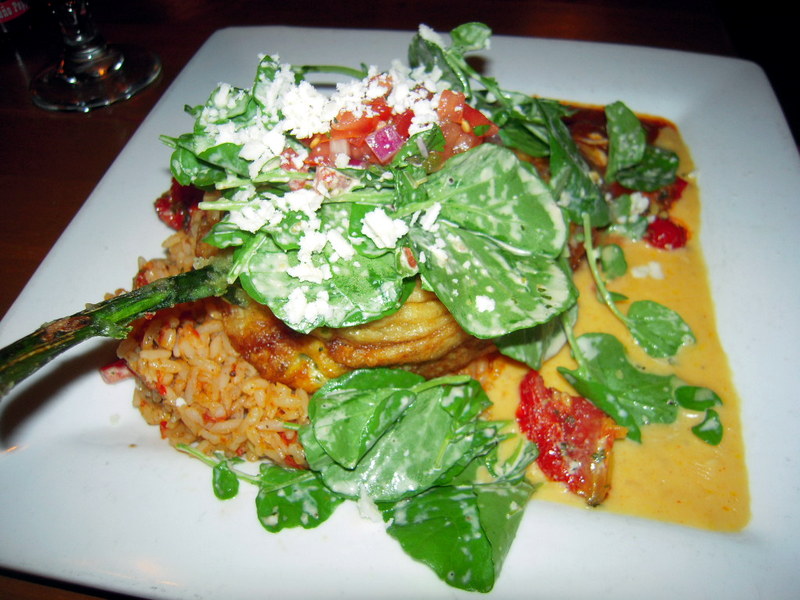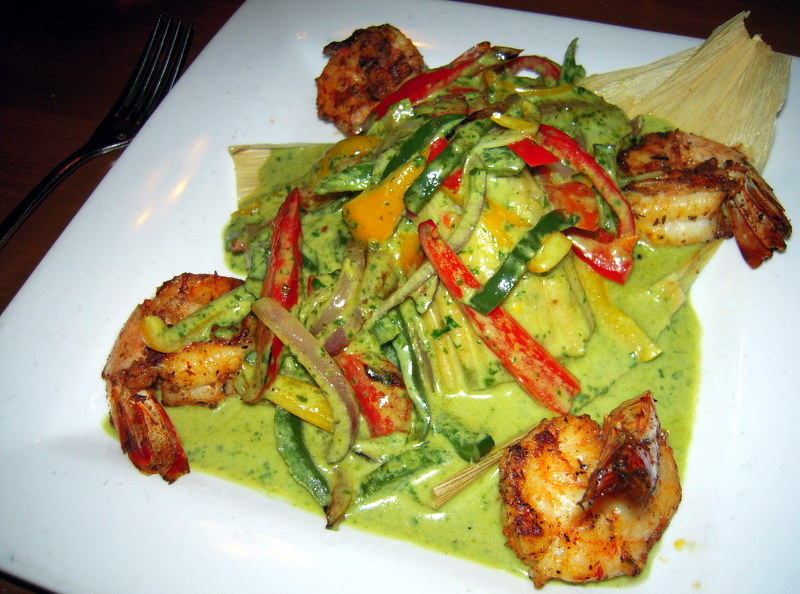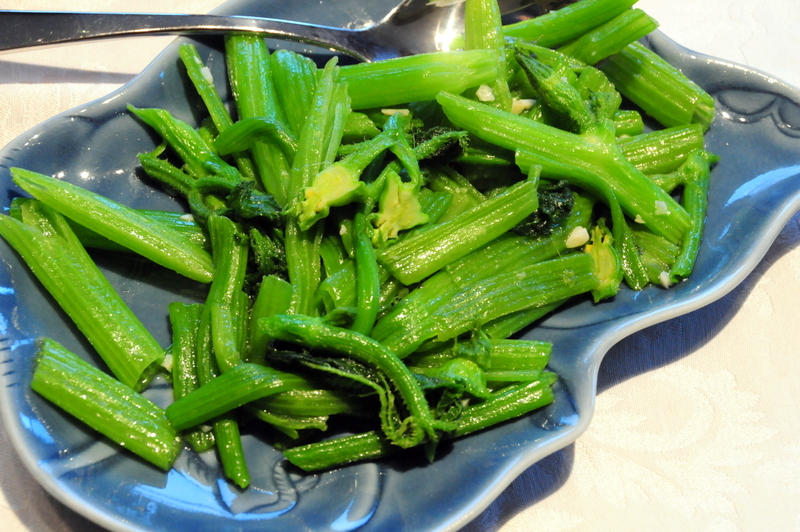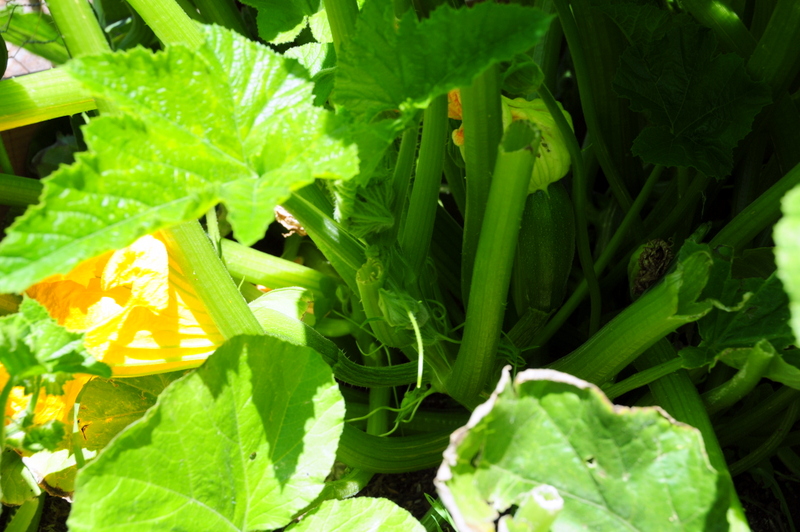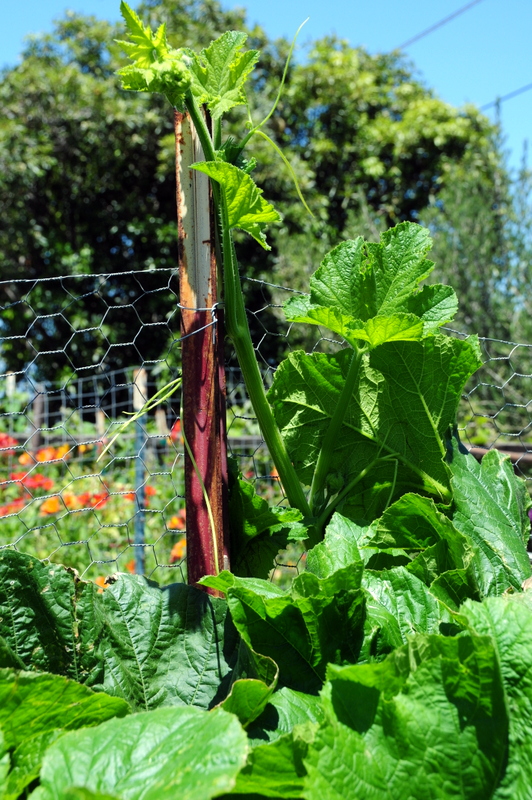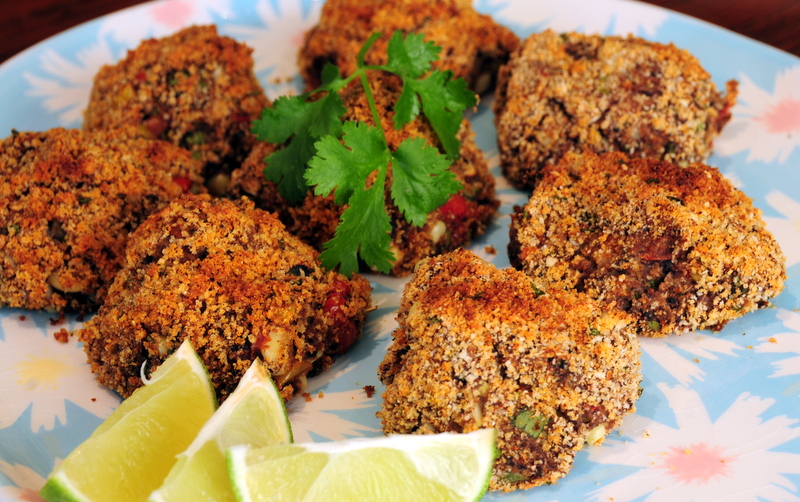Greed never pays. Listen to what happened to us and our new, dramatically bigger community garden plot.
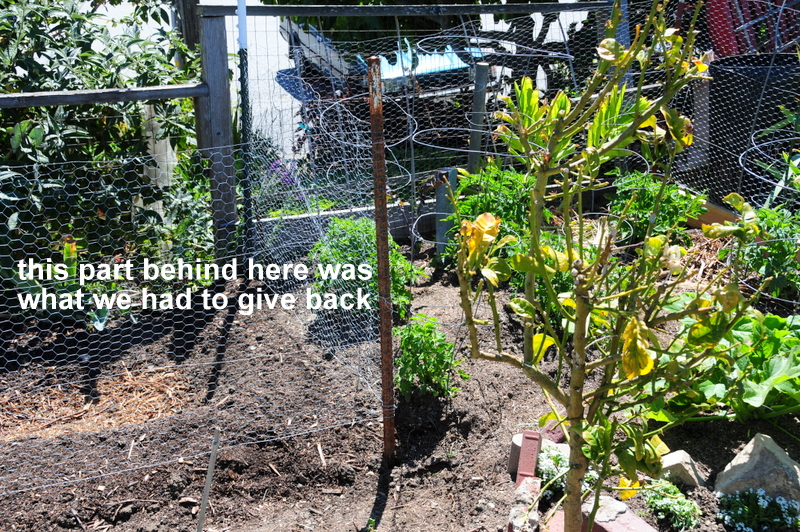
here you can see the part that we had to return
After a couple of arduous weekends working on our new plot: digging, cleaning debris, adding topsoil, planting boundary poles and installing wood planks to hold the soil back, then finally wrapping the whole lot in chicken wire, we thought we were happily done with delimiting the grounds and were finally ready to do the actual gardening. What a chore! I had pain in muscles that I hardly even knew existed.
Many of our community garden neighbors came by to congratulate us on the job and wish us luck with the new plot. Steven even quoted Robert Frost’s “good fences make good neighbors.” We were content.
Well that lasted for less than a week or two, then the unthinkable: we received an email from our community garden coordinator apologizing for his mistake in determining the boundaries of our new plot 17. Noooooooo!!!!!!!!!! He wanted us to give some land back. And after all that work!
He claims, though it was his mistake, in fact we misappropriated part of plot 16, at the time a pebble strewn, overgrown nothing that had been vacant for at least a year or more. He wanted us to re-do the fencing, and so sorry about all the tomatoes that you’ve planted, but, um, they simply have to go. We were flabbergasted by his mistake and demands. We flirted with the idea of suing the community garden, but that’s expensive and likely not to get much traction. Naturally, we protested on the grounds that we were innocent victims here. And what about all the work, time, energy and money we had already invested?
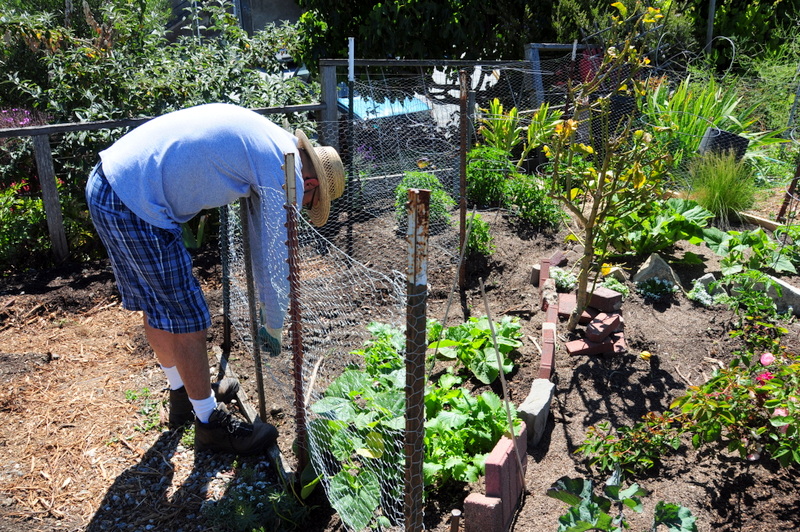
here I am breaking my back to tie off the chicken wire around the new boundary line
But it was to no avail. I wonder if this is how the ‘49ers felt when they made the horrific trek cross country to California to strike it rich with a goldmine, only to have their hopes dashed when the land got snatched back from under their feet? I bet that happened a lot in the old days.
Morgan was sincerely sorry for the problem he caused and offered to assist us in moving the fence. He even volunteered to remove a couple of annoying stumps that were sort of on the new boundary. That was nice. We were just super upset. Plus we were about to go on a vacation that had been planned for months. Eventually we told him that we’d comply but at our own pace (i.e. after vacation). What a letdown!
So we went to Arizona and Death Valley. And Morgan more than lived up to his word. Not only did he move the fence on his own, he also removed the stumps and brush around them while we were at work. That really was cool. The shrunken plot didn’t shrink quite that much it turns out. Only about a 5’ by 5’ section on the border with #16 was reallocated, which is probably about a tenth of the entirety of #17. So we were happy again!
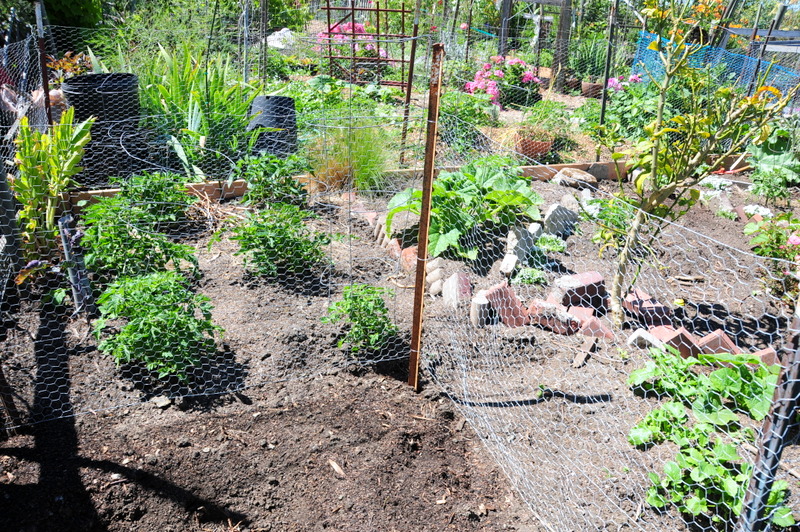
view of the revised plot 17 from the land reallocated to plot 16
We did have to do a bit of work straightening the fence and adding a few more planks to secure the dirt on the new border, but nothing major. Our plants are thriving. We just recently had our first harvest of broccoli rabe which I prepared with pasta. We ate it for lunch after a few hours of intense labor at the plot on a sunny Saturday morning. It was so successful that we planted a few more beds to rabe. Already they’ve begun sprouting.
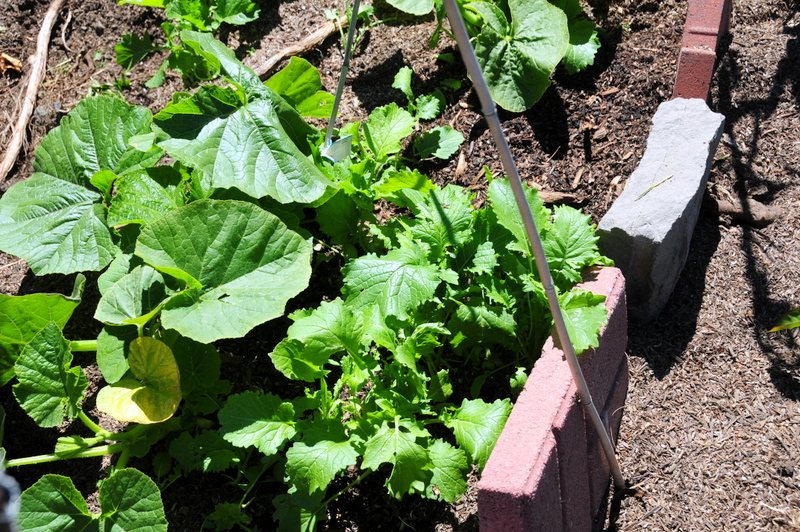
broccoli rabe and squash
The tomatoes and various squash are really coming along. The transplanted artichoke has recovered and is doing well. We sowed a whole bunch of new veggies from exotic heirloom seeds that our friend Michelle mailed to us from New York. The rhubarb plant that came with the plot is making gigantic leaves. Some of the stalks are over 20 inches long, though still green. Our gardener neighbor gave us some confusing advice about rhubarb but suggested that it makes an excellent chutney.
